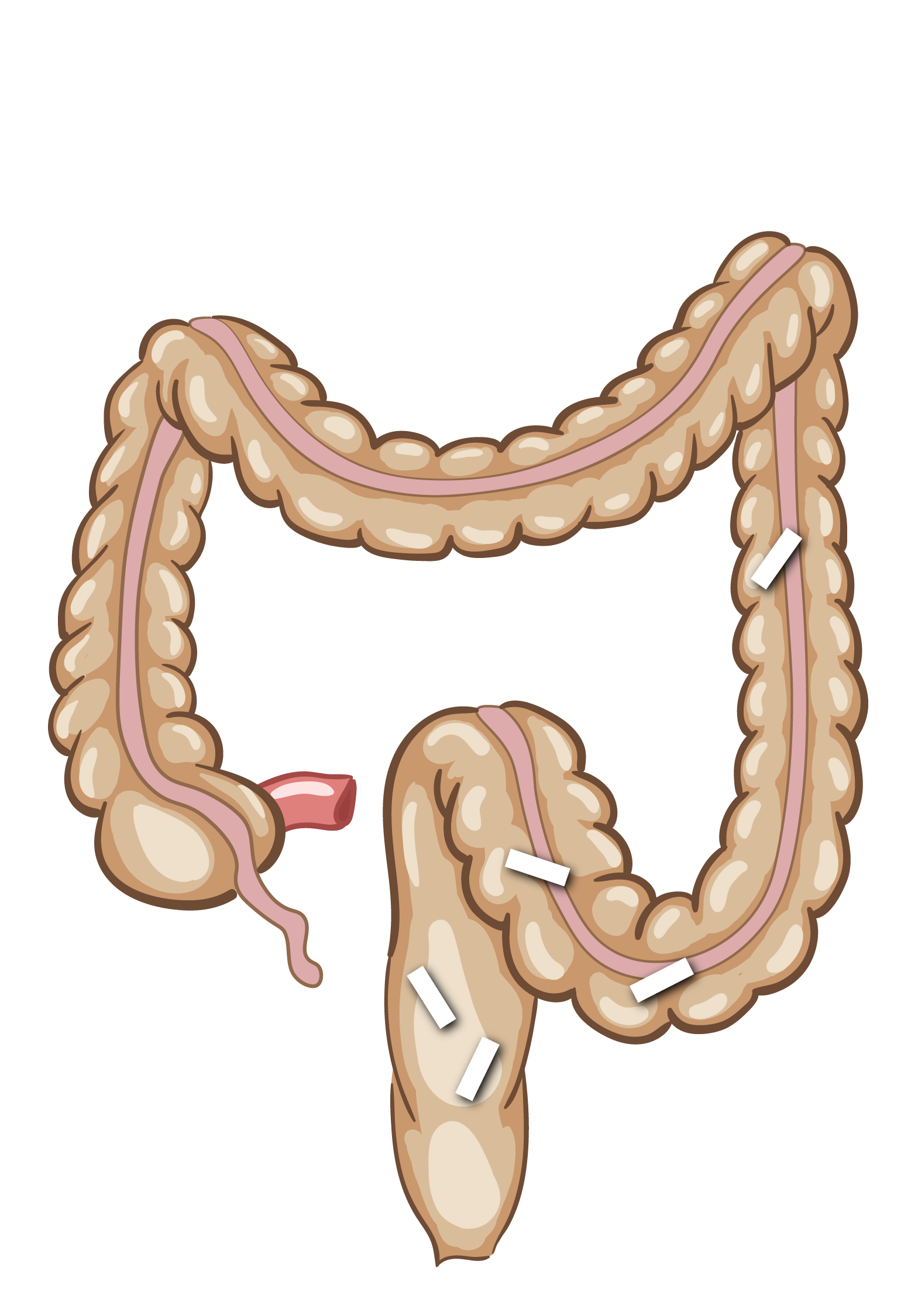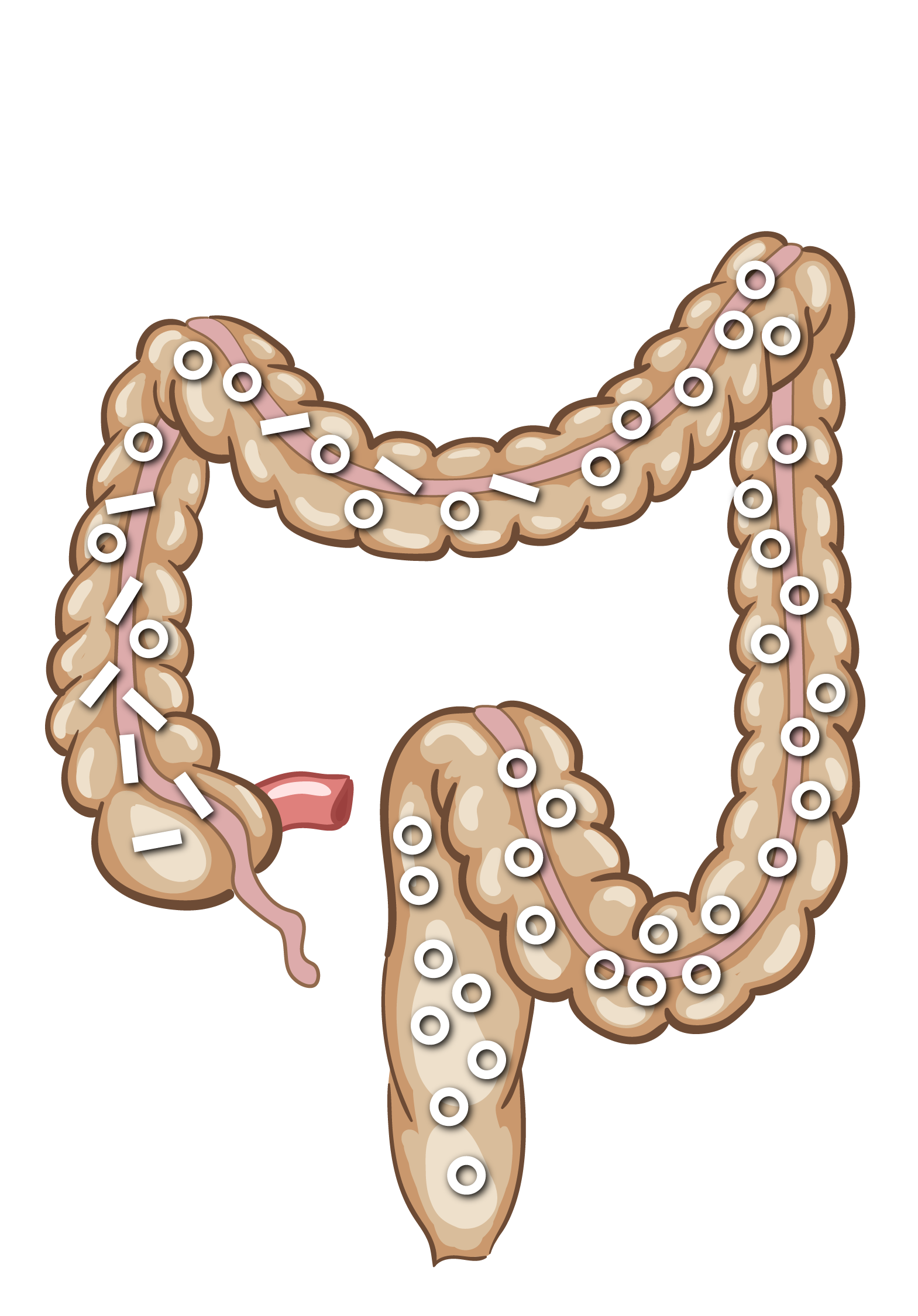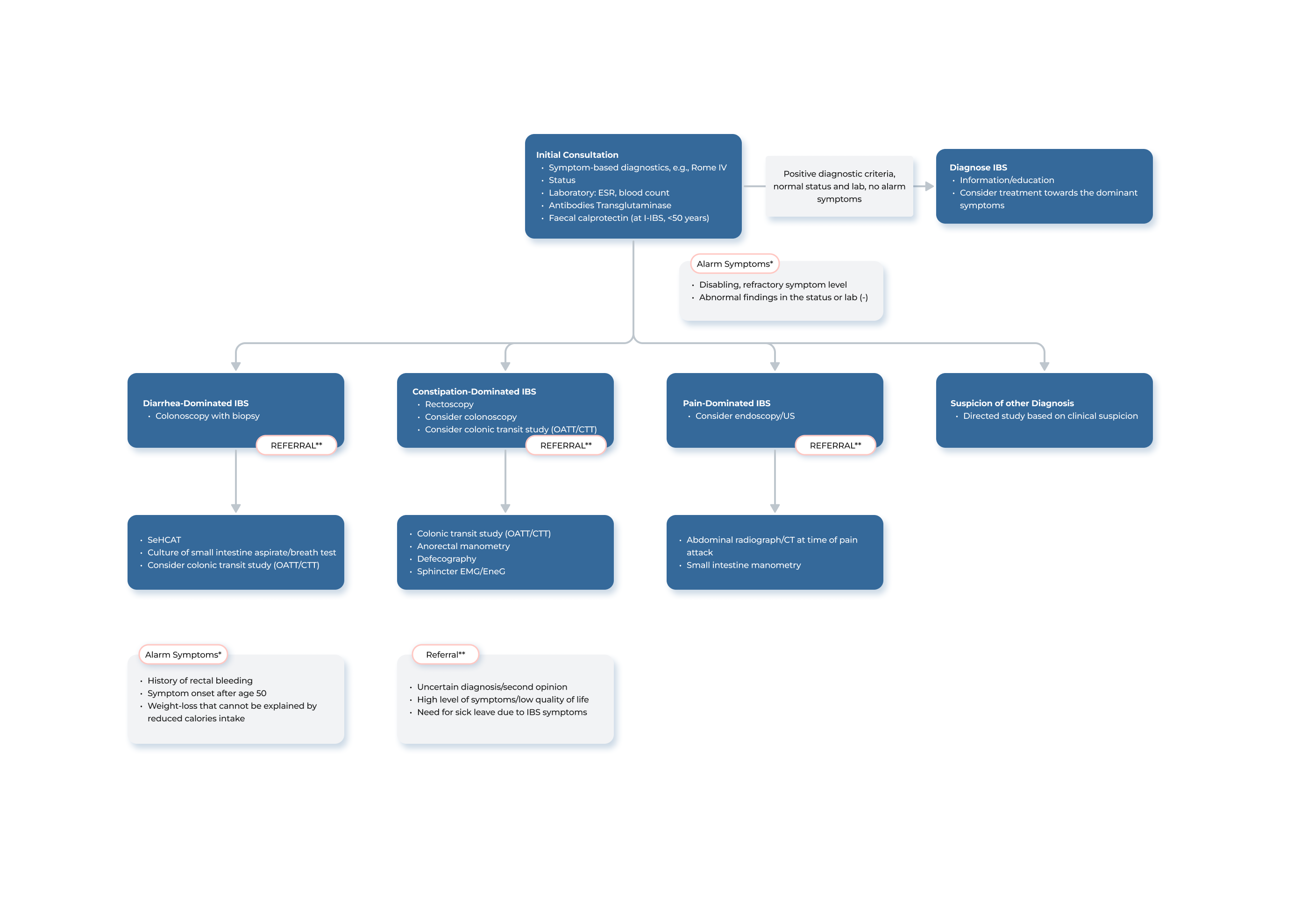Healthcare Professionals
We are proud to offer state-of-the-art Transit-Pellets radiopaque markers that are designed to enhance the assessment and treatment of motility disorders like constipation, diarrhoea, and Irritable Bowel Syndrome (IBS). Our markers are manufactured according to Transit-Pellets method. In addition, we provide an online standardized colon transit test report that is designed for treating physicians and radiologists.
Validated Method & Safe Colon Transit Markers for the Quantitative Evaluation of Overall & Regional Colonic Transit
The Transit-Pellets method and Transit-Pellets radiopaque markers can be used to:
- Measure rapid, normal and slow colonic transit
- Differentiate between slow transit and normal transit constipation
- Identify segmental colon dysfunction in patients with constipation
- Differentiate between normal and rapid transit diarrhoea
- Identify treatment effects in patients with chronic constipation
A colonic transit test with the Transit-Pellets method, formerly known as the Abrahamsson method, and Transit-Pellets radiopaque markers can quantify the severity of transit problems. The test can be important in determining the need for other examination procedures, selecting the appropriate therapy, and predicting long-term prognosis. The test results can be used to guide decision-making in these areas.
References can be found in the VALIDATED METHOD section.
Illustration of Transit-Pellets marker movement

Questions?
Contact Us. We’re here to help!
Diana Nyström
+46 (0) 8-460 072 06
diana.nystrom@medifactia.com













